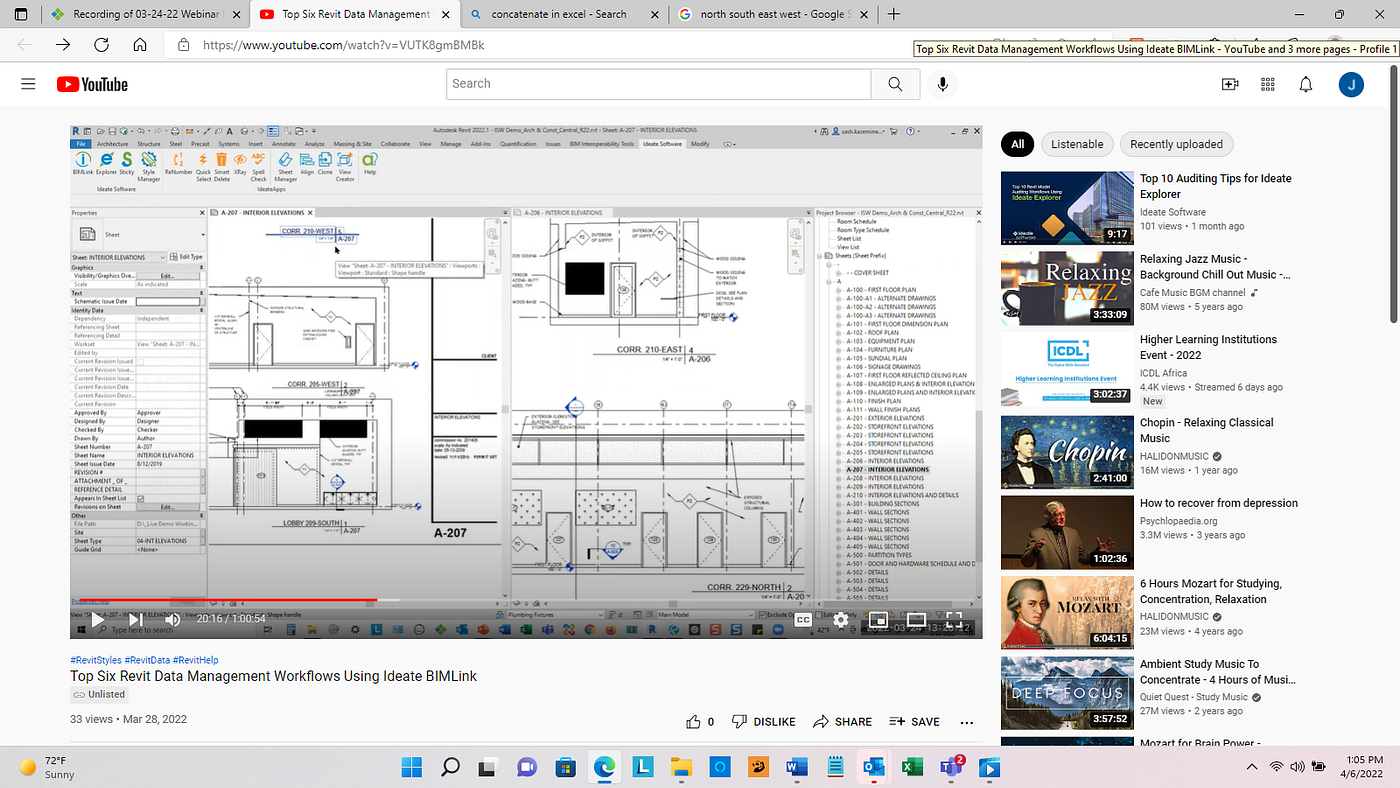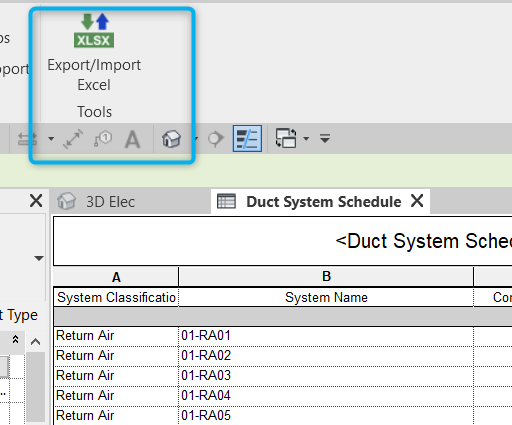Boost Your Revit Experience with Necessary Revit Tools and Add Ins
Wiki Article
Revit Excel Assimilation Demystified: Streamlining Workflows for Enhanced Task Coordination
Are you tired of dealing with ineffective project control and taxing workflows? Look no more, since Revit Excel Integration is below to debunk the procedure and improve your projects. With this effective device, you can boost task control and remove the trouble of hand-operated data access. In this post, we will assist you with the value of Revit Excel Assimilation, reveal you how to improve process, and give best methods for effective combination. Prepare yourself to change your task coordination easily.The Importance of Revit Excel Assimilation
You require to comprehend the value of Revit Excel integration to efficiently improve your operations and enhance project sychronisation. The assimilation of Revit, an effective building info modeling (BIM) software application, with Excel, a widely used spread sheet program, gives numerous advantages for engineers, designers, and building and construction specialists.

By incorporating Revit with Excel, you can eliminate hands-on data access and minimize the danger of mistakes. This not only saves time but likewise makes certain accuracy in your task documents. You can upgrade information in Excel, and it will instantly upgrade in Revit, preserving consistency throughout your task.
Moreover, Revit Excel assimilation enhances job sychronisation by enabling reliable partnership amongst staff member. With information synchronized between Revit and Excel, everybody can access one of the most current details and interact seamlessly. This promotes smoother interaction, reduces disputes, and enhances total job effectiveness.
How to Improve Workflows With Revit Excel Assimilation
Maximize your process by perfectly connecting Revit and Excel to enhance your process. By incorporating these 2 effective tools, you can enhance task control and improve effectiveness in your work. With Revit Excel assimilation, you can conveniently transfer information between the 2 platforms, permitting for seamless communication and cooperation.

One more advantage of Revit Excel assimilation is the capacity to develop custom-made records and analyze data better. With Excel's robust features, you can do sophisticated computations, produce charts and charts, and produce extensive records based upon the information from your Revit designs. This allows you to get beneficial insights and make informed decisions throughout the job.
Enhancing Project Coordination With Revit Excel Integration
By seamlessly attaching your style software application with effective information analysis devices, you can significantly boost the coordination of your tasks. Revit Excel integration permits you to streamline your operations and enhance task coordination by eliminating hand-operated information entrance and reducing errors. With this combination, you can conveniently move information between Revit and Excel, making sure that all project info is up to day and exact.One of the vital benefits of Revit Excel assimilation is the ability to import and export information in between both software perfectly. This implies that you can easily import existing project information from Excel into Revit, conserving you time and initiative in returning to info. You can export job information from Revit to Excel, enabling you to do sophisticated evaluation and computations making use of the effective attributes of Excel.
In Addition, Revit Excel integration enables you to develop dynamic links between both software application (revit plugins). This indicates that any kind of changes made in Revit will immediately update in Excel, and the other way around. This makes sure that all task stakeholders are dealing with one of the most updated info, improving job coordination and lowering the risk of errors
Overcoming Challenges in Revit Excel Assimilation
When getting rid of difficulties in the combination of Revit and Excel, it's important to guarantee smooth information transfer and decrease errors. One typical obstacle is the compatibility of information styles between Revit and Excel.Another difficulty is the lack of synchronization between Revit and Excel. It's important to establish a clear process that guarantees both systems are upgraded in real-time. This can be accomplished by utilizing cloud-based partnership tools or developing a system for regular data syncing.
Taking care of large datasets can likewise be bothersome. When it comes to taking care of big amounts of data, revit and Excel have different abilities. To overcome this obstacle, you can divide the information right revit tool into smaller sized, manageable pieces or utilize information filtering methods to concentrate on details areas of rate of interest.
Last but not least, human error can cause inconsistencies in between Revit and Excel data. It is very important to educate team members on the combination procedure and establish high quality control steps to capture any errors. Normal audits and cross-checks can help identify and fix any kind of disparities.
Ideal Practices for Effective Revit Excel Assimilation
To guarantee effective integration of Revit and Excel, it's vital to adhere to some ideal methods that will certainly assist improve your operations and reduce errors. Furthermore, when linking Excel data into Revit, make certain that the data is totally free and clean from any type of formatting issues that might cause errors.Another important practice is to routinely update your Excel information in Revit. Make it a behavior to assess and update the information at routine intervals, particularly when modifications are made to the job.

Final Thought
So, there you have it - revit Excel combination doesn't have to be a daunting task. With revit Excel assimilation demystified, you'll be well on your way to making best use of the possibility of these tools and taking your tasks to brand-new elevations.You can export your Revit routines to Excel, make modifications or updates in Excel, and then import the updated information back right into Revit with just a few clicks. Revit Excel assimilation allows you to streamline your workflows and boost task sychronisation by removing hands-on data entrance and lowering mistakes. With this integration, you can quickly transfer data between Revit and Excel, making certain that all job information is up to day and precise.
You can export project data from Revit to Excel, permitting you to execute innovative evaluation and computations using the powerful features of Excel.
In addition, when connecting Excel information right into Revit, ensure that the information is free and clean from any formatting problems that might trigger errors.
Report this wiki page